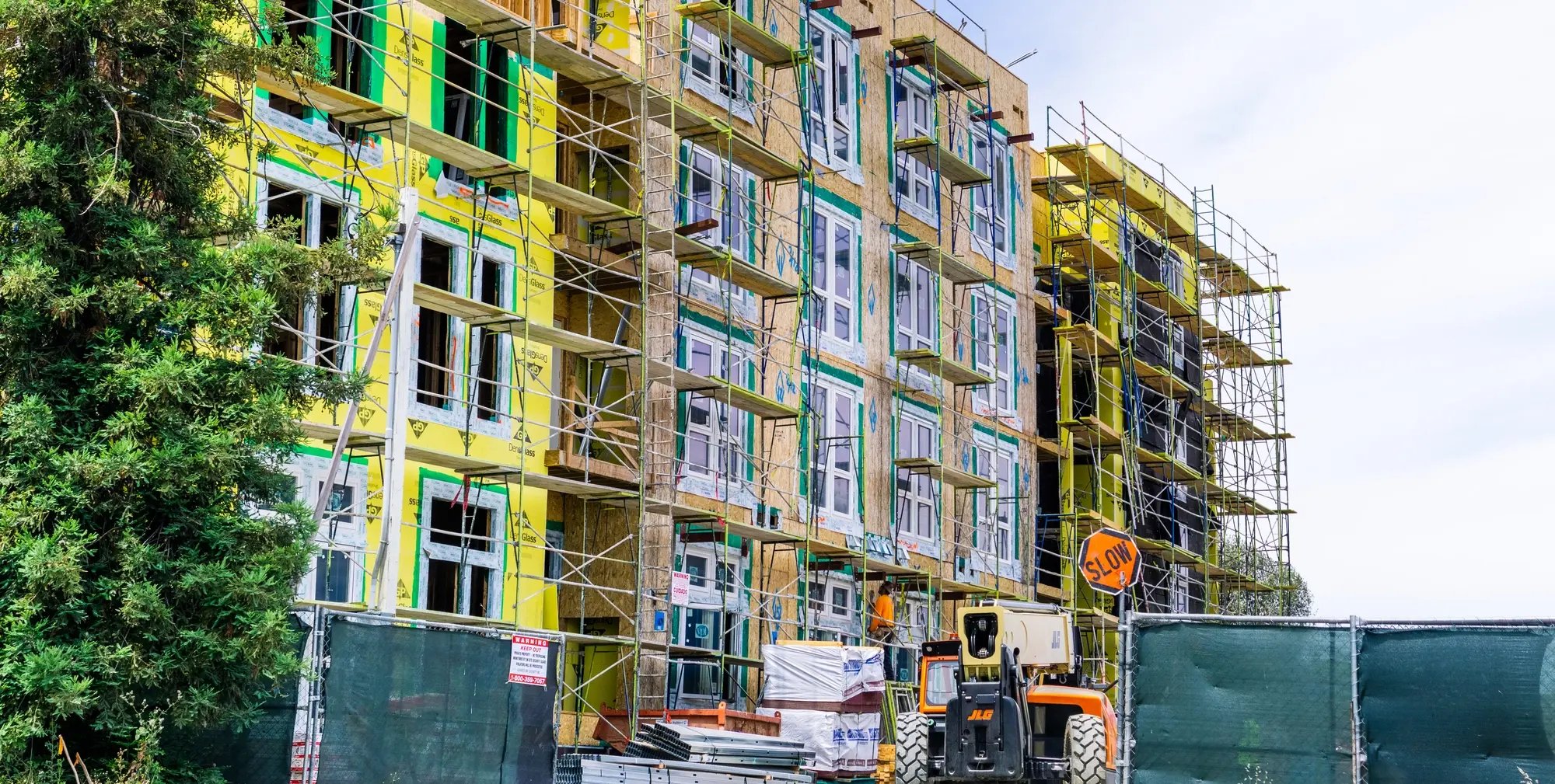The missing piece in New York’s housing crisis? Community buy-in

By Eric Eve
March 18, 2025

In the lead-up to New York City’s mayoral primary election, housing remains a top concern for voters. The candidates have a wide range of positions, but regardless of their ideology, the next mayor must champion development projects that have tangible benefit to residents, particularly when it comes to affordable housing.
The U.S. faces a housing affordability crisis, with a shortage of 8.2M units in 2023 expected to grow to 9.6M by 2035. In New York City, the situation is critical, with a record-low rental vacancy rate of 1.4% last year and rent up 22% from pre-pandemic levels. Although Mayor Adams announced 14,227 affordable homes were financed in 2023, only 11,000 new units were constructed that year. A slowdown in private construction, exacerbated by the expiration of the 421-a tax incentive, resulted in an 84% drop in new unit permits between 2022 and 2023. Despite $26B invested over 10 years, affordable housing remains insufficient.
One solution has been to focus on mixed-income construction, though it has been met with considerable NIMBY-ism in some parts of the city. For real estate developers, those that prioritize early community buy-in will be best positioned to succeed. In recent years, consideration of community benefit for large-scale infrastructure has gone from being a nice-to-have to a necessity.
The collapse of Amazon’s HQ2 bid in Long Island City underscores how lack of transparency, weak community engagement, and fears around displacement can derail major developments. While HQ2 was not a housing project, the backlash reflected broader anxieties that often emerge around new development, including rising rents and inequitable public subsidies. These dynamics are often at play in affordable housing efforts, making it critical for developers to clearly communicate value, address concerns early, and build lasting trust with communities.
In the case of HQ2, critics pointed to insufficient local benefits and rising housing costs—concerns that could have been mitigated through earlier and more inclusive outreach efforts. Amazon’s miscalculation cost $3B in tax breaks and led New York to forgo $27.5B in projected tax revenue. The lesson is clear: proactive, place-based engagement is not just good practice, it is essential to getting projects approved and built.
Effective engagement means more than attending public hearings or issuing community benefits packages. It requires clear understanding of the socioeconomic composition of a community, local pain points, and their past challenges. It means working with hyperlocal influencers, such as tenant leaders, to identify problems and build solutions collaboratively. These key stakeholders are sources of insight that shape successful project outcomes.
Eve & Co’s work in New York City across the gaming and telecommunications industries has shown that the most durable projects are those which undertake substantive engagement from day one. These are the projects which build a foundation for mutual benefits for residents and project sponsors, guaranteeing positive long-term outcomes for the largest number of parties.
Ready to realize breakthrough results?
The different types of growth that were enabled
With a more targeted approach, the client transformed its U.S. financial inclusion strategy—gaining a competitive edge and creating lasting impact.
lorem ipsum dolor sit amet, consectetur adipiscing elit, sed do eiusmod tempor incididunt ut labore et dolore magna aliqua. Ut enim ad minim veniam, quis nostrud exercitation ullamco laboris nisi ut aliquip ex ea commodo consequat. Duis aute irure dolor in reprehenderit in voluptate velit esse cillum dolore eu fugiat nulla pariatur.
Nemo enim ipsam voluptatem quia voluptas sit aspernatur aut odit aut fugit, sed quia consequuntur magni dolores eos qui ratione voluptatem sequi nesciunt. Neque porro quisquam est, qui dolorem ipsum quia dolor sit amet, consectetur, adipisci velit, sed quia non numquam eius modi tempora incidunt.
30%
9%
20%
43%
With a more targeted approach, the client transformed its U.S. financial inclusion strategy—gaining a competitive edge and creating lasting impact.
lorem ipsum dolor sit amet, consectetur adipiscing elit, sed do eiusmod tempor incididunt ut labore et dolore magna aliqua. Ut enim ad minim veniam, quis nostrud exercitation ullamco laboris nisi ut aliquip ex ea commodo consequat. Duis aute irure dolor in reprehenderit in voluptate velit esse cillum dolore eu fugiat nulla pariatur.
Nemo enim ipsam voluptatem quia voluptas sit aspernatur aut odit aut fugit, sed quia consequuntur magni dolores eos qui ratione voluptatem sequi nesciunt. Neque porro quisquam est, qui dolorem ipsum quia dolor sit amet, consectetur, adipisci velit, sed quia non numquam eius modi tempora incidunt.
